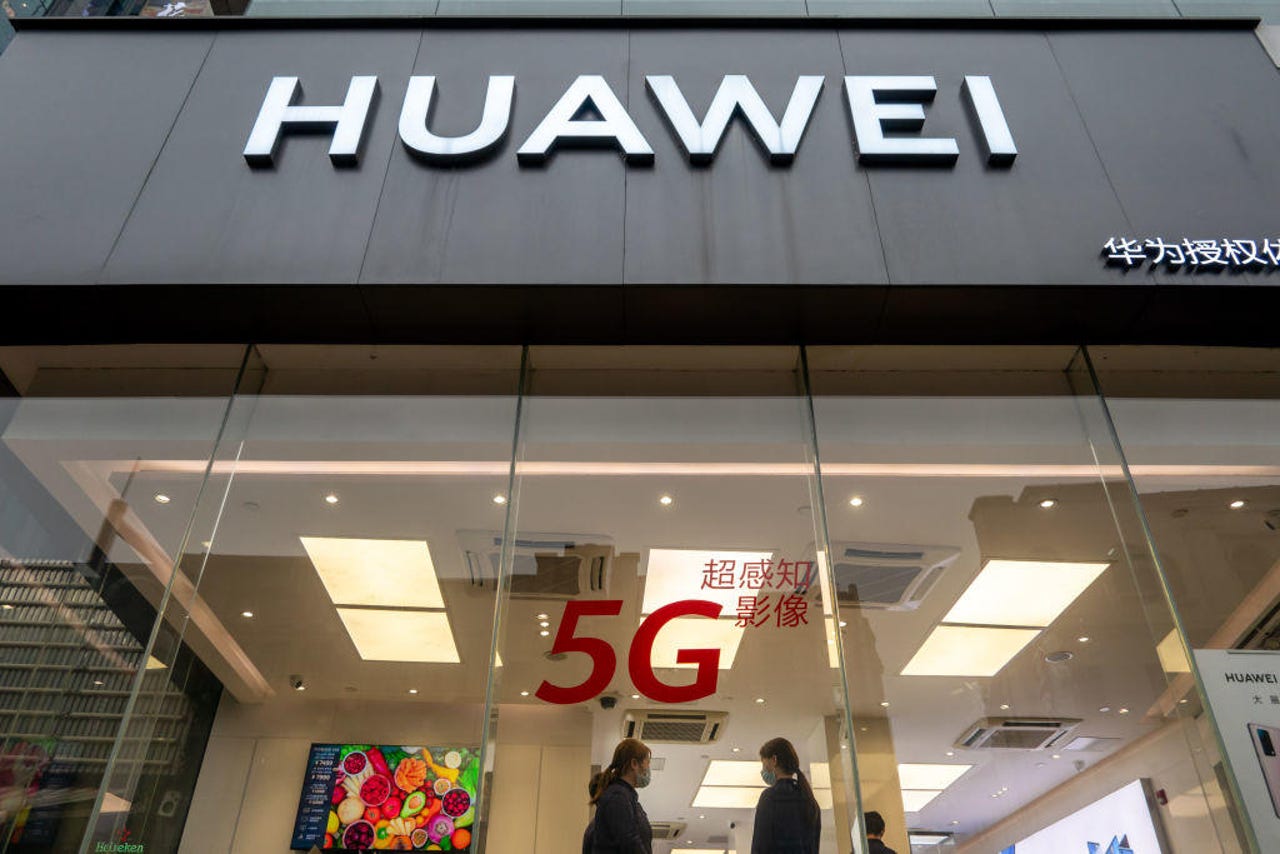































 Image: Getty Images
Image: Getty Images Huawei released a snippet reporting its three-quarter revenue total on Friday, and it showed the Chinese giant is continuing to get hammered in the consumer segment.
In its first quarter, sales were down 16.5%; by the half-year, the revenue drop was 29%; and for the nine months of its fiscal year, Huawei reported taking in 456 billion yuan in revenue.
This represents an almost 33% drop on the 671 billion yuan reported last year.
"Overall performance was in line with forecast," Huawei rotating chair Guo Ping said. "While our B2C business has been significantly impacted, our B2B businesses remain stable."
Huawei did not break out its quarterly revenue explicitly nor provide a breakdown of its business units, but it had 152 billion yuan for Q1, Q2 was around 168 billion yuan, and Q3 was in the realm of 136 billion yuan.
For the half-year, Huawei said in August its carrier business was down 14% to 137 billion yuan and consumer declined 13.7% from 221 billion yuan to 136 billion yuan, while enterprise increased 18% to 36 billion yuan.
Last November, Huawei sold off its Honor brand due to US restrictions.
In May, Huawei reported revenue almost halved in its Australian arm during 2020, and it had shed 113 employees.
During September, the US Justice Department and Huawei CFO Meng Wanzhou cut a deal to end an extradition lawsuit that ran for nearly three years.
Meng admitted only to misleading global financial institutions and did not plead guilty to the various fraud charges imposed against her.
Without even trying to hide its hostage diplomacy tactics, Beijing subsequently released two Canadians who were detained shortly after Meng's arrest and kept in Chinese prisons.
By contrast, Meng was able to live under house arrest in one of her two Vancouver homes.
The US Federal Communications Commission laid out in September the rules for small carriers that are applying to access a pot of$1.9 billion to rip out and replace Huawei and ZTE network equipment and services.
 Tags quentes :
Tecnologia
Smartphones
Tags quentes :
Tecnologia
Smartphones